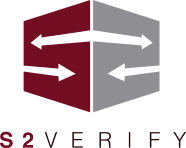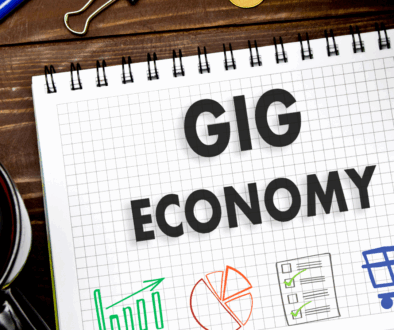5 Reasons To Build an Employee Recognition Program in 2024
In case you missed it, we recently surveyed HR leaders to discover their departments’ top challenges, opportunities, and priorities going into 2024. Respondents, which included C-suite HR, HR managers, administrators, and procurement specialists, revealed that the number one HR priority for 2024 will be hiring, followed quickly by retention.
Interestingly, based on the survey results, one of the primary ways employers plan to improve hiring outcomes and retention tactics in 2024 is not salary increases or new benefits packages—not even learning and development or flexible work options. Instead, employers plan to build employee recognition and reward programs to help them attract top talent and incentivize the kinds of behaviors that they want to see in employees, like loyalty, engagement, and productivity.
But what exactly is employee recognition, and why exactly does it matter?
Employee Recognition: The Basics
Employee recognition is about highlighting high-performing individuals and giving positive feedback based on results or performance when an employee does something that drives key company goals.
It can come as a formal, public dedication, like an award, a bonus, a promotion, or a raise. Or it can come in a more informal, private way, like a verbal thank you from a manager or a handwritten note from a C-suite executive.
Whatever the method, the goal is always the same: to connect employees between effort and outcome, incentivize employees to continue to strive for excellence in everything they do, and create a positive talent brand that makes it easier to attract and retain top talent.
Boosted Employee Morale and Engagement
According to a recent study from SHRM, employee morale—which refers to how happy and satisfied employees are with their jobs—is the single most important predictor of employee engagement. Engaged employees are more productive team members, active contributors to positive workplace culture, better leaders, and more likely to stick around.
Unsurprisingly, employee recognition positively affects morale and, consequently, engagement. According to a recent study by Zippia, 97% of employees say that being recognized motivates them to do their best work. Employees who feel appreciated are more likely to be satisfied with their jobs and have a positive outlook—and this engagement is reflected in the quality of their work.
Reduced Turnover
Turnover is expensive. It’s estimated that losing an employee can cost a company one-half to two times the employee’s salary. Plus, company culture and morale can take a huge hit if there’s a constantly revolving door of people in and out of the company—especially when long-term employees take over workloads and responsibilities for unfilled positions.
According to a recent Forbes study, almost half of U.S. workers (46%) have left a job because they felt unappreciated. Recognition is a powerful tool for reducing turnover; it reduces the possibility of voluntary resignations by increasing morale and engagement. It also makes the business more resilient to competitors who might want to poach top talent since appreciated employees are loyal.
Stronger Talent Brand, Easier Recruiting
Your employer brand is how you market yourself to prospective candidates—it’s who you say you are (and ultimately want to be). Your talent brand, on the other hand, is who you actually are or how employees authentically experience your organization. It comes from the voices of employees and candidates, past and present. The highly social, totally public version of your employer brand incorporates what talent thinks, feels, and shares about your company as a workplace.
When employees get the recognition they deserve for their work, they’re more likely to have a better experience with the company—and more likely to recommend it to a talented friend via word of mouth or leave a positive Glassdoor review. A quality employee recognition program today is a long-term investment in your talent brand for tomorrow, making it easier to recruit and retain top talent over time.
Increased Productivity
American worker productivity is declining at the fastest rate in 75 years. One of the hottest topics in human capital management over the past few years has been employee productivity—thanks to the pandemic and the ongoing debate about whether remote work hurts or harms it.
Employers are learning, however, that workplace policy around remote work might not be the problem (or the answer) to the productivity conundrum. They’re discovering that a more powerful lever to pull to boost employee productivity is through employee recognition.
Ensuring that employees feel like they are a part of the team and are working towards common goals is essential for maintaining a productive workplace. It shows employees that their efforts are appreciated and drives them to work harder. Additionally, it creates a company culture of excellence and sets employee performance standards. A well-designed recognition and rewards program can drive an 11.1% increase in average employee performance.
Improved Bottom Line
Because employee recognition boosts employee morale and engagement, reduces turnover, improves hiring and retention outcomes, and increases productivity, it’s also a powerful tool for improving the bottom line. These factors combined increase revenue and profitability, meaning that a well-executed employee recognition program is a surefire way to increase margins.
Interested in leveraging employee recognition to improve talent attraction, retention, and the bottom line? Next week, check the blog for step-by-step instructions for building a comprehensive employee recognition and rewards program. And be sure to subscribe to America Back to Work by clicking here so you don’t miss it!







